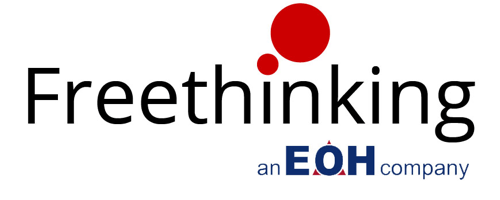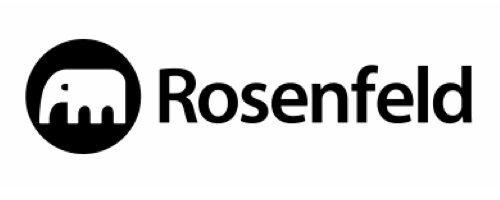STYLE GUIDE BEST PRACTICES
We’re tasked with creating experiences that look and function beautifully across a dizzying array of devices and environments. That’s a tall order in and of itself, but once you factor in other team members, clients, stakeholders, and organizational quirks, things start looking downright intimidating.
With so many variables to consider, we need solid ground to stand on. Style guides are quickly proving to be foundational tools for tackling this increasingly-diverse web landscape while still maintaining your sanity. Style guides promote consistency, establish a shared vocabulary, make testing easier, and lay a future-friendly foundation. This session will detail best practices and considerations for creating and maintaining style guides, so you can set up your organization for success.
EVERYTHING YOU WANTED TO KNOW ABOUT RESPONSIVE DESIGN…AND LESS!
A full-day masterclass that takes a deep dive into the world of responsive web design, covering everything including broad concepts, strategy, how responsive design affects process, responsive design patterns and principles, and more.
Oh, and the “…And Less” part? Responsive design is a huge topic so unfortunately it’s impossible to pack everything about it into a single day. But that doesn’t mean we can’t try, right? Here’s what will be covered:
- The ever-shifting Web landscape – The web landscape is getting more diverse every single day, and this section will address why responsive web design is becoming increasingly essential
- Approach – There’s more than one way to skin this mobile web cat. We’ll look at the various strategies being used to approach the multi-device Web landscape
- Foundations of Responsive Design – Responsive web design 101. Fluid grids, flexible media and media queries make up the core of responsive web design
- Principles of Adaptive Design – What beyond layout do we need to concern ourselves with when creating great multi-device web experiences? We’ll cover how ubiquity, flexibility, performance, enhancement and future-friendliness are powerful principles for making great adaptive web experiences.
- Atomic Design – We’ll talk about the importance of creating systems rather than pages, and I’ll introduce atomic design, a methodology for creating robust interface design systems. I’ll also introduce Pattern Lab, a tool for creating your very own custom interface pattern library.
- Process and Workflow – Our websites are now fluid, so our process and workflow needs to be fluid as well. We’ll talk about how to tackle thorny areas like convincing clients and colleagues, getting designers and developers working and discuss tools and techniques to effectively design in the Post-PSD Era.
- Responsive Patterns – Creating adaptive interfaces is challenging, but thankfully the Web community is hard at work creating flexible, downright innovative design patterns. We’ll look at how to tackle layout, navigation, images, data tables, and really anything else you can put in an interface.
- Development Best Practices – The way we build websites has changed. We’ll discuss mobile-first development, CSS techniques, “support” vs “optimization”, device testing and more to help you develop future-friendly web experiences.











